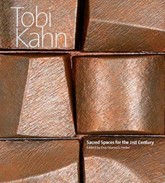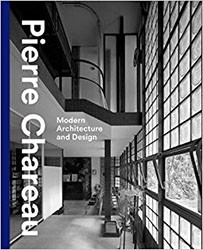In a suburb just north of Philadelphia stands Beth Sholom Synagogue, Frank Lloyd Wright’s only synagogue and among his finest religious buildings. Designated a National Historic Landmark in 2007, Beth Sholom was one of Wright’s last completed projects, and for years it has been considered one of his greatest masterpieces.
But its full story has never been told. Beth Sholom Synagogue provides the first in-depth look at the synagogue’s conception and realization in relation to Wright’s other religious architecture. Beginning with his early career at Adler and Sullivan’s architectural firm in Chicago and his design for Unity Temple and ending with the larger works completed just before or soon after his death, Joseph M. Siry skillfully depicts Wright’s exploration of geometric forms and structural techniques in creating architecture for worshipping communities. Siry also examines Wright’s engagement with his clients, whose priorities stemmed from their denominational identity, and the effect this had on his designs — his client for Beth Sholom, Rabbi Mortimer Cohen, worked with Wright to anchor the building in the traditions of Judaism even as it symbolized the faith’s continuing life in postwar America. With each of his religious projects, Wright considered questions of social history and cultural identity as he advanced his program for an expressive, modern American architecture. His search to combine these agendas culminated in Beth Sholom, where the interplay of light, form, and space create a stunning and inspiring place of worship.
Filled with over three hundred illustrations, this remarkable book takes us deep inside the synagogue’s design, construction, and reception to bring us an illuminating portrait of the crowning achievement of this important aspect of Wright’s career.





